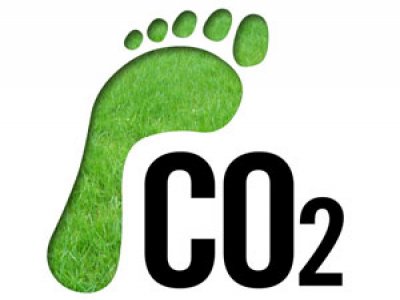If you have not been keen on the topic of recycling, this is your chance to consider it seriously and advice others to do the same too. We all know how risky greenhouse gas emissions are to the environment. The work of a carbon footprint is to measure the total amount of greenhouse gas emissions that are caused both directly and indirectly by an organization, a product, an event, and most importantly a person.
- Most people are blind to how they contribute to climate change as a whole. Well, it all starts with our day-to-day survival processes. Whatever we consume requires energy to produce; whether it’s in the manufacturing stage, transportation stage or disposal stage. Moreover, this energy produces greenhouse gasses to the atmosphere in one way or another. To eradicate this, we can start as small as by recycling. Reducing the number of waste products significantly reduces the amount of carbon dioxide emissions.
- How does this work? What does waste products have to do with your carbon footprint?
These are some of the questions that might be lingering in your mind. Well, to answer, consider this scenario. By now, we all know that everything we use consume energy at one point or another. By not throwing away stuff that can be used over and over again, less of those products will need to be manufactured. Here, you have countered both the emissions produced when manufacturing new products and the emissions from incinerators that burn waste products. You have also dealt with emissions from landfills that are filled with trash.
questions that might be lingering in your mind. Well, to answer, consider this scenario. By now, we all know that everything we use consume energy at one point or another. By not throwing away stuff that can be used over and over again, less of those products will need to be manufactured. Here, you have countered both the emissions produced when manufacturing new products and the emissions from incinerators that burn waste products. You have also dealt with emissions from landfills that are filled with trash.
- Consider another scenario that will help you understand more about how recycling helps to reduce carbon footprint. The bigger a tree grows the more carbon dioxide it takes away from the atmosphere. When you recycle paper, you give a tree a chance to grow bigger and capture more carbon dioxide. The more the papers you recycle, the more the trees will be left standing. This means that more carbon dioxide will be removed from the atmosphere to create a cleaner and safer climate.
- Less energy is needed for recycled products hence fewer emissions. This helps to fight the global climate change. What’s more, we get to save more energy, which also reduces the cost of living.
Conclusion
Recycling is a good way to ensure that less energy is used in the production, transportation, and disposal of products. As a result, there are less greenhouse gas emissions leading to a cleaner and safer atmosphere.